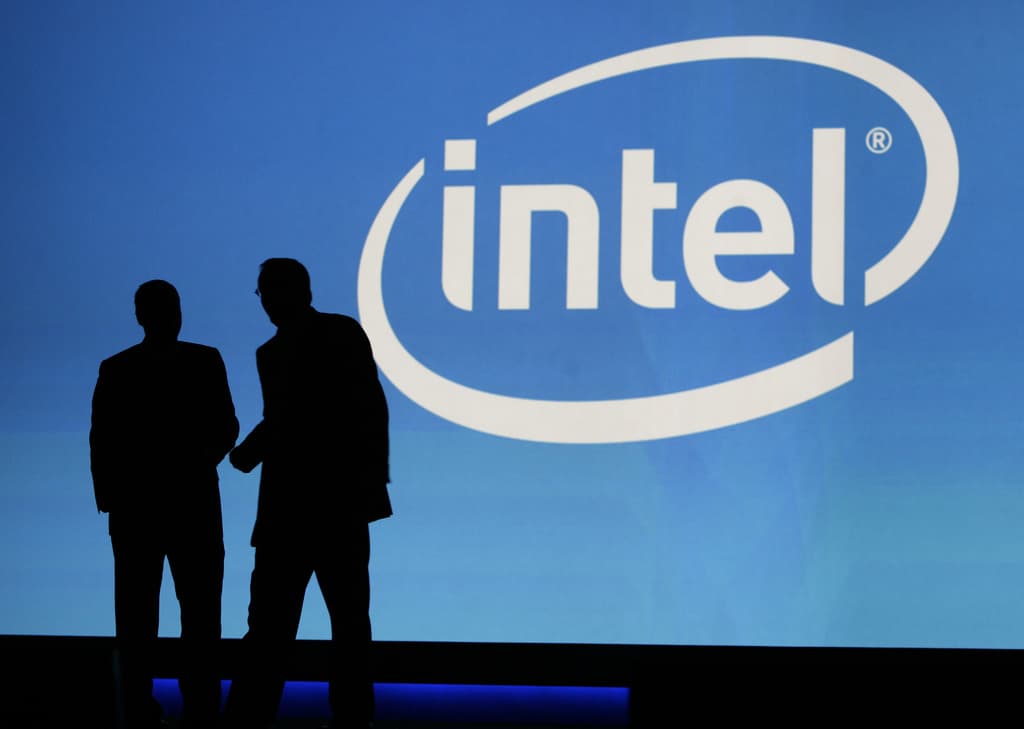"Our costs are too high, our margins too low," says CEO Pat Gelsinger in a letter to the company's employees.
Intel, which among other things manufactures microprocessors, reports a loss for the second quarter of 1.6 billion dollars. A significant change from the loss of 437 million dollars the previous quarter.
Pat Gelsinger says the company must "stop all non-essential work". A savings package has been presented where 10 billion dollars will be saved by 2025. The cuts mean that over 15 percent of the workforce will be forced to leave. According to The Verge, this affects at least 15,000 employees.
Dominated for decades
In 2022, Intel also implemented major cuts, where many employees were forced to leave the company.
Intel was a dominant force on the semiconductor market for decades, but is losing customers to competitors.
The downturn in recent years is due to the company having difficulty taking a position in an industry where most things now revolve around artificial intelligence.
Among the competitors that have specialized in AI are Nvidia, which generates more than twice as much revenue per quarter as Intel, writes Bloomberg. Old arch-rival AMD is valued at over 100 billion dollars more than Intel by investors, while Taiwanese TSMC is considered to have the industry's best production.
According to Rasmus Jacobsson, an analyst at Redeye, Intel has never had the opportunity to jump on the AI train.
They have never worked with that type of chip, simply. So regardless of AI or not, they would have had a big challenge.
Intel has specialized in ordinary processors, unlike, for example, Nvidia, which makes graphics processors, which are the type of processor primarily used in the latest AI technology.
No illusions
Pat Gelsinger believes that Intel, which is upgrading its factories, is on the right track to catch up. The plan going forward is to bring home important manufacturing from contract work and increase efforts to develop better AI chips.
First, however, the finances must be put in order. The quarter's gross margin – what remains of revenue after production costs are deducted – was 35.4 percent. During its heyday, it regularly exceeded 60 percent.
When the New York Stock Exchange closed, Intel's share had fallen by 26.1 percent.
Corrected: An earlier text incorrectly stated the amount for Intel's previous quarter.





